Try NVIDIA Game Development SDKs in the Interactive RTX Technology Showcase
Nvidia
APRIL 14, 2021
RTX Technology Showcase project files are also available for further guidance and discovery of the benefits that ray tracing and AI brings to your projects. The ray tracing SDKs are available through NvRTX while DLSS is available as a UE 4.26

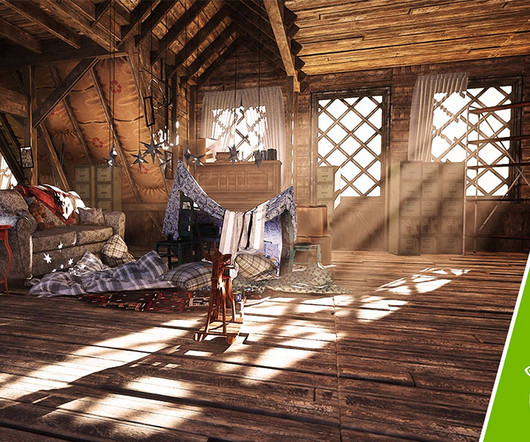
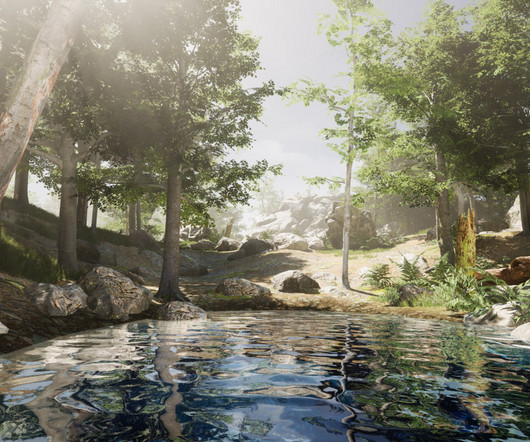
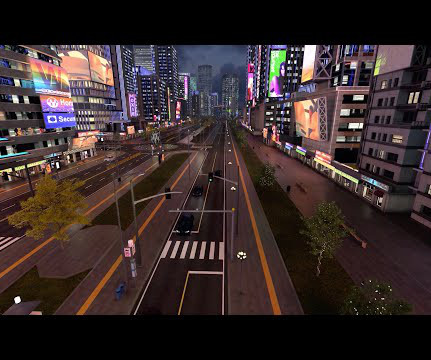
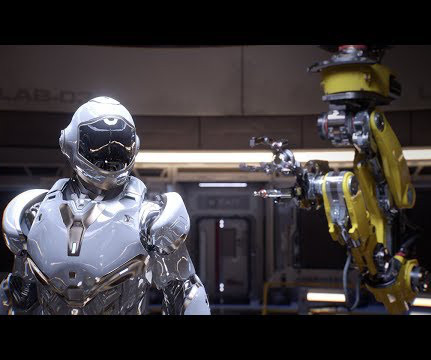
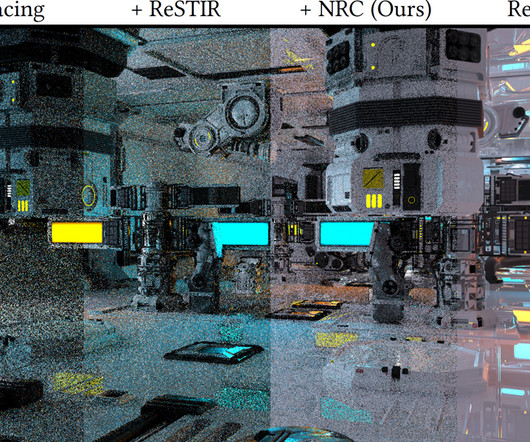






Let's personalize your content